
Starting June 1st, 2023 Our warehouse fee will be $0.65/cubic foot per month
In effort to lower the warehouse storage fee during inflation, we have went narrow aisle racking.This construction took us four months but the project is finally completed. With narrow aisle racking, we are able to drop storage by 24%.We as partners will go through this inflation together.
12/19/2023
Dropshipping is an order fulfillment solution that enables online retailers to contract out the sourcing, warehousing, and shipping of goods to a third party, usually a supplier.
Entrepreneurs looking for efficiency and low overhead frequently find this fulfillment model appealing, but there can be a cost, particularly in terms of the customer experience. This tutorial will explain dropshipping and examine its possible uses as a fulfillment strategy. We'll also examine a few dropshipping substitutes that can help you streamline your operations, cut costs, or save time.
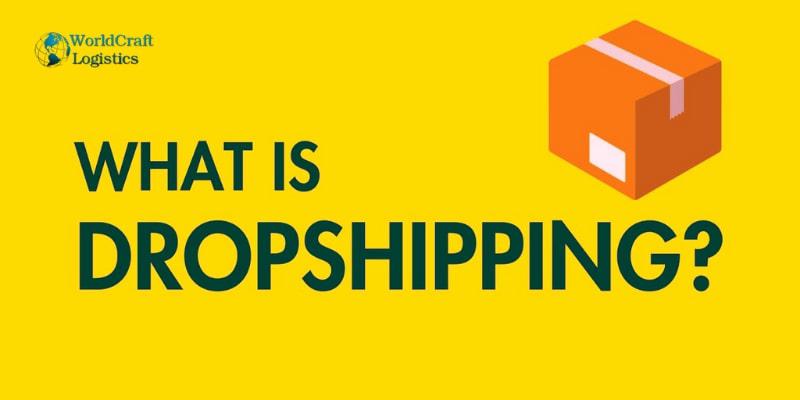
Maybe after you understand the definition of dropshipping, you will immediately think of Amazon FBA. So what are the differences between Amazon FBA and Dropshipping? 👈 Please refer to our article now.
Your arrangement will determine the specific logistics, but generally speaking, dropshipping goes as follows:
Seller and dropshipper sign a contract.
Online orders are placed by customers.
Order is received by the seller.
The order confirmation is sent to the customer.
Dropshipper receives the order from the seller.
Orders are shipped by Dropshipper.
The product is delivered to the customer.
Dropshipping can make sense for business owners who want to sell generic goods, but it can also make it harder to establish a name for yourself and offer unique products. Dropshipping companies may find themselves in a price war, which would result in thin margins.
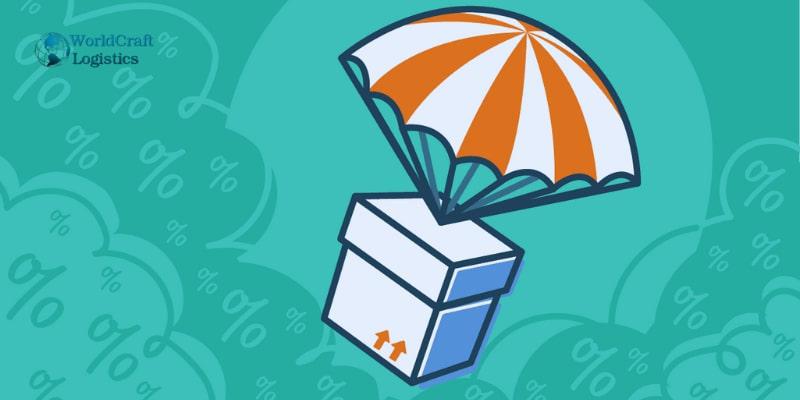
Here are a few more explanations for why dropshipping is such a well-liked e-commerce business strategy for companies of all sizes.
The ability to start an online store without needing to spend thousands of dollars on inventory is likely dropshipping's greatest benefit. A brick-and-mortar or online business would often need to commit large sums of money to buying goods.
When using the dropshipping business model, you can wait to buy a product until after the sale has been completed and the buyer has paid you. You don't need to invest a lot of money in inventory up front to start dropshipping and make good money doing it.
Starting a dropshipping company also carries less risk because, unlike other business models, you are not committed to selling through any inventory that you purchase ahead.
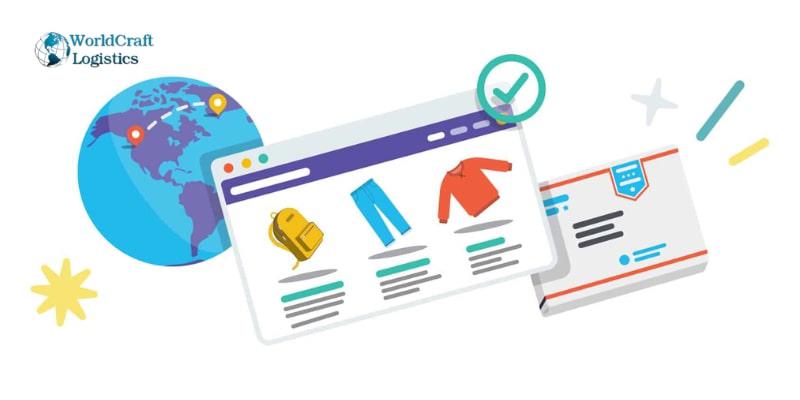
Managing an online store becomes considerably simpler when you are not in charge of tangible goods. Dropshipping eliminates your need to bother about:
Overseeing or funding a warehouse
Shipping and packing for your purchases
Keeping track of inventory for accounting purposes
Taking care of incoming goods and returns
Maintaining inventory control and placing repeat orders for goods
💡 TIP: WorldCraft Logistics makes it simple to launch a dropshipping company and begin selling without the burden of handling stock, packaging, or delivery. Orders are dispatched straight from your wholesaler to your clients, allowing you to focus on what really counts: your goods, promotions, and clientele.
Your overhead costs are relatively modest because you don't have to worry about managing B2B fulfillment centers or buying inventory. Actually, a lot of prosperous dropshipping stores are operated as home-based enterprises with only a laptop and a few ongoing costs.
These expenses will probably go up when your firm expands, but they will still be minimal when compared to typical brick and mortar establishments.
A profitable business may be operated with dropshipping from almost any location with an internet connection. You may run and manage your business as long as you can interact with suppliers and deliver prompt, customer-focused service and assistance.
You can provide your potential clients with a wide selection of popular products because you are not required to buy the things you sell in advance. Plus, you won't have to worry about unsold inventory as you rotate or alter your list of dropshipping products. You can offer an item for sale on your online store at no extra cost if your suppliers stock it.
Dropshipping is a practical fulfillment strategy for entrepreneurs wishing to test the market's hunger for new product categories, such as accessories or entirely new product lines, as well as for those establishing a new store. Once more, the opportunity to display and maybe sell things before committing to purchasing a sizable amount of inventory is the primary advantage of dropshipping.
In a traditional retail setting, you will often need to put in three times as much effort if you receive three times as many orders. By using dropshipping providers, you can expand with less growth pains and incremental effort because the suppliers will handle the majority of the work involved in processing more orders.
Increased sales will always need more effort, particularly in the area of customer service, but dropshipping companies are more scalable than typical e-commerce companies. Numerous platforms, like Amazon, eBay, and Etsy, also allow dropshipping.
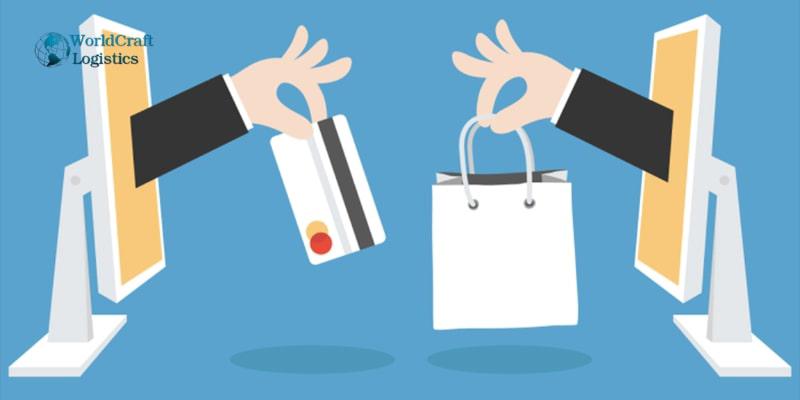
Dropshipping is an extremely alluring business strategy for anyone starting an online store or wanting to increase the selection of products they provide, thanks to all the advantages we've covered.
Nevertheless, dropshipping has drawbacks just like any other strategy. Convenience and flexibility are typically more expensive. Here are several drawbacks to take into account while contemplating a dropshipping company.
The largest drawback of working in the very competitive dropshipping industry is low margins. In an effort to increase sales, a lot of rival companies will open dropshipping stores and sell products at absurdly low rates since it's so simple to get started and has such low overhead. They can afford to run the company on extremely thin margins because they invested so little in its first stages.
These merchants typically have subpar websites and little to no customer support, which can help you set your dropshipping business apart. However, clients will still compare their pricing to yours in spite of this. The prospective profit margin in a specialty may soon be negatively impacted by this increase in competition.
Frtunately, there are steps you can take to lessen this issue, such as picking products that are appropriate for dropshipping and picking a niche or vertical.
It's not too hard to maintain track of what is in and out of stock if you stock everything yourself. However, inventory can fluctuate frequently when you're purchasing from several warehouses that are also processing orders for other retailers.
Thankfully, there are now a few apps that enable you to synchronize with vendors. With only a few clicks, dropshippers can "pass along" customer orders to a dropshipping supplier, and they should be able to view the supplier's inventory levels in real time.
The products in your online store will be sourced through several separate dropshippers if, like the majority of dropshippers, you collaborate with multiple suppliers. This implies that the supply chain is out of your control.
Assume for the moment that a consumer orders three things, all of which are exclusive to different vendors. It will cost you three times as much to ship each item to the consumer, therefore it's probably not a good idea to charge them for it. Furthermore, it might be challenging to automate these drop shipping calculations, even in cases when it makes sense to incorporate these fees.
Have you ever been held accountable for something you didn't do wrong but still had to take responsibility for? Even the greatest dropshipping companies make blunders when processing orders; these are errors for which you must accept responsibility and issue an apology. Additionally, poor and mediocre suppliers will degrade the customer experience through misplaced things, poorly executed drop shipments, and problems with packaging or product quality, all of which can negatively impact the reputation of your company.
Dropshipping limits your control over the product itself, in contrast to custom orders or print on demand. Typically, the provider designs and brands the product that is dropshipped. Certain dropshipping vendors can adapt to changes in the products your company sells. Even so, the supplier has the greatest degree of control over the actual product. For the manufacturer to find it feasible and economical, any modifications or additions to the product typically call for a minimum order number.
Dropshipping is more of a side show than a major attraction. Even while its flaws make it difficult to run a business on its own, it nevertheless has enough advantages to let e-commerce enterprises significantly grow their operations.

Think about these four strategies for successful dropshipping use:
For instance, perhaps you've had considerable success with dog supplies. Would that also apply to items for cats? That might work or not, however you can always dropship a few products to see how it works as a test run.
Ecommerce shipping brands with experience understand that market changes aren't always foreseeable. As an alternative to overstocking to reach improbable maximums, having a dropshipping provider helps you save money without sacrificing sales.
When it comes to seasonal overflow, this is really helpful. It's a fantastic defense against the unknowns that face all retailers. Having options for dropshipping in place is also a wonderful way to safeguard against unforeseen events.
If your warehouse is damaged by a natural disaster or another event, you can still fulfill pre-made orders by dropshipping the items from another location. The same goes for avoiding unanticipated shipping delays.
Shipping issues are one regrettable side effect of growing your company. You'll pay more in shipping charges and fees the further you are from your warehouse or fulfillment centers.
Dropshipping may be the ideal answer for certain trouble spots that are outside of your lucrative zones. Perhaps the expense of sending that far or the cost of storage makes opening a new shipping center unjustifiable.
Perhaps there are additional taxes or fees involved, such as when exporting outside of the state or nation. Depending on dropshipping in these specific areas may be the difference between making or breaking your profit margin.
Furthermore, dropshipping might be helpful for testing new locations in addition to market research. To determine whether it is worthwhile to open a new plant in a new location, why not try dropshipping there for a while?
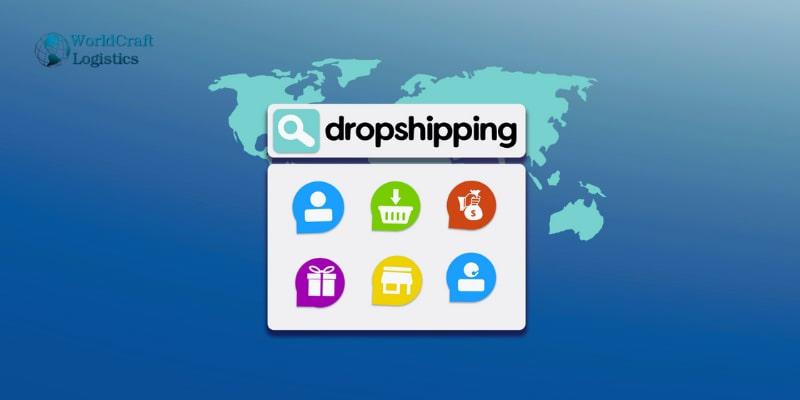
It costs more to stock and ship some products than others. You might be able to make more money dropshipping them than storing them yourself in some situations.
What goods are considered high-maintenance? Any goods that require additional costs for shipping or storage, like:
Paying extra for storage and shipment for a small portion of your firm doesn't make sense unless your whole enterprise specialized in these kinds of goods. But, by using dropshipping to supply these products, you may still satisfy your clients.
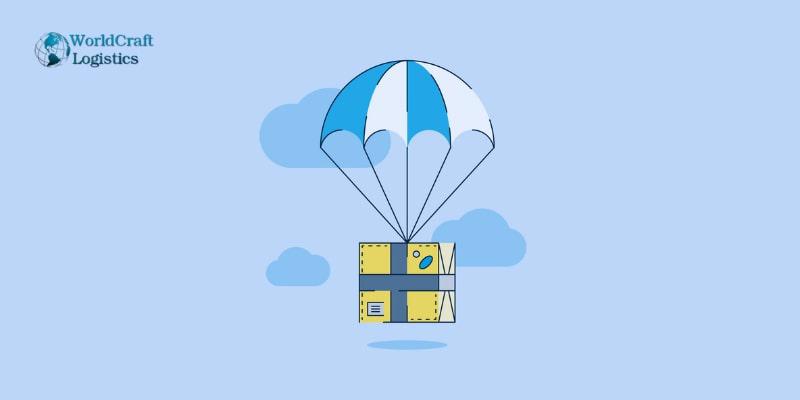
Incorporating dropshipping into your sales strategy in whatever form signifies a business tie between you and the supplier. As we previously stated, as the seller, you frequently have no control over your dropshipper's quality of work, promptness of delivery, or even compliance with the law.
This implies that you have to pick them very carefully. In addition to ensuring that the products match the description, you should check to see if the shipment matches your requirements. Apart from product quality, there are still many unanswered questions regarding your supplier's business practices.
Before agreeing to conduct business with someone, ask yourself the following quick-reference questions:
Remember the previously discussed Dropshipping Agreement Contract as well.
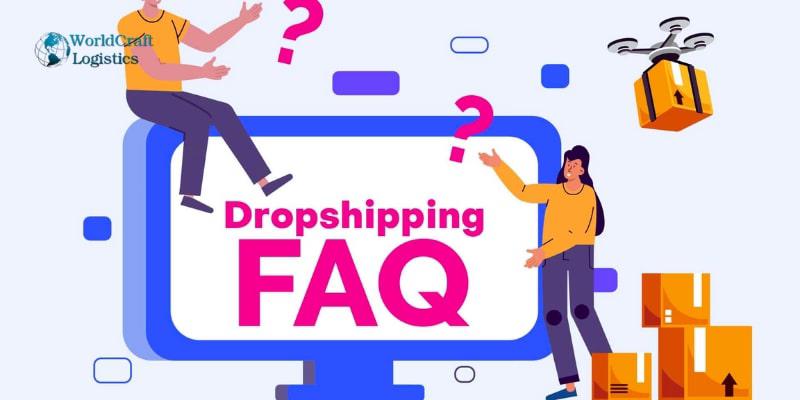
Any dropshipping company must invest in establishing an online presence with a domain name and e-commerce website, as well as marketing the business through online advertising, even if it might be difficult to estimate the precise expenses for a single company.
Companies who dropship their goods add value to their items in return for distribution. Because dropshipping businesses generate extra sales that suppliers would have otherwise lost out on, dropshippers are acceptable to suppliers when it comes to having them sell their items.
Dropshipping is permitted, yes. Dropshipping is a totally acceptable way to fulfill orders, however depending on your provider, you may encounter additional legal difficulties. Just don't forget to use a Dropshipping Agreement Contract to safeguard yourself.
Here is a list of product ideas to get you started if dropshipping is something you're interested in but not sure where to begin. Our aim was to include only supplementary products on the list that will work with any industry's product line.
Tote bags that donate to charities or a cause.
With dropshipping, a third party sources and stores products on behalf of the seller of record, who then ships orders straight to customers rather than managing the product directly. Dropshipping is available to all participants in the supply chain, including producers, distributors, and retailers. The method used by the seller for fulfillment has no bearing on the role of a manufacturer, wholesaler, or retailer. See important stakeholders in the dropshipping model for further information on the roles that manufacturers, wholesalers, and retailers play in the dropshipping process.
SEO
Digital Marketing/SEO Specialist
Simon Mang is an SEO and Digital Marketing expert at Wordcraft Logistics. With many years of experience in the field of digital marketing, he has shaped and built strategies to effectively promote Wordcraft Logistics' online presence. With a deep understanding of the logistics industry, I have shared more than 500 specialized articles on many different topics.

Education
01/05/2025

Education
02/18/2025

Education
01/01/2024

Education
08/28/2024

Education
11/13/2023